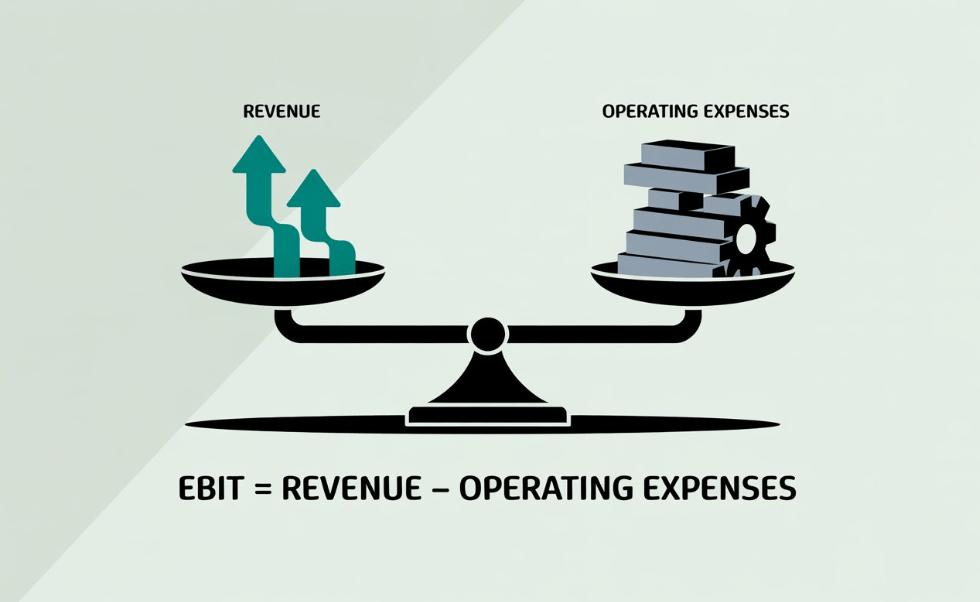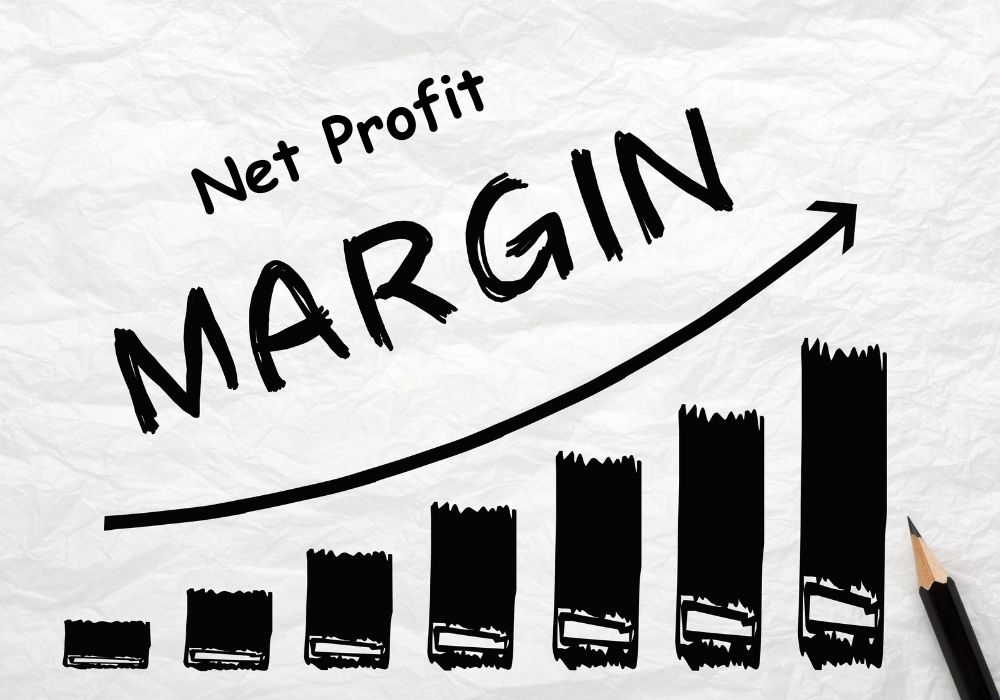Understanding your business’s financial health is not just essential, but it’s necessary. There is one key metric you should wrap your head around is Earnings Before Interest and Taxes (EBIT).
In a nutshell, it’s a straightforward way to measure profitability, focusing solely on operations. No fluff, just the core.
Are you curious to know more? In this article, you’ll know how to calculate EBIT using its formula with practical examples to make it crystal clear.
What Is EBIT?
It represents a company’s profit from its core operations, excluding interest and taxes. Why does this matter? It shows how well your business performs before external factors like loans or tax obligations muddy the waters.
Think of it as a snapshot of operational efficiency. Whether you’re running a tech startup or a manufacturing plant, EBIT helps you compare performance across industries.
EBIT Importance
Why should you care? EBIT strips away variables like debt structure and tax rates, allowing you to focus on what your business does best: its operations.
Investors love it and managers rely on it, as it’s a universal yardstick for profitability. Additionally, it serves as a stepping stone to other key metrics, such as EBITDA (Earnings Before Interest, Taxes, Depreciation, and Amortization).
The EBIT Formula
Calculating it is simple. The formula goes:
EBIT = Revenue – Operating Expenses

Alternatively, you can use:
EBIT = Net Income + Interest Expense + Tax Expense
Both methods work. Choose the one that fits your data. The first focuses on top-line revenue minus costs, while the second builds from the bottom line, adding back interest and taxes.
Breaking Down the Components
- Revenue: Total income from sales or services. Your top line.
- Operating Expenses: Costs directly tied to running the business—think salaries, rent, utilities, and raw materials. Exclude interest and taxes here.
- Net Income: Profit after all expenses, including interest and taxes.
- Interest Expense: Costs from borrowed funds, like loans or bonds.
- Tax Expense: Taxes paid to the government.
Got it? Let’s put it in action.
Examples
Retail Business
Imagine you run a retail store selling electronics. Here’s your financial snapshot for the year:
- Revenue: $500,000
- Cost of Goods Sold (COGS): $200,000
- Operating Expenses (rent, salaries, utilities): $150,000
- Interest Expense: $10,000
- Tax Expense: $30,000
Using the first formula:
EBIT = Revenue – Operating Expenses
Operating expenses include COGS and other costs: $200,000 + $150,000 = $350,000.
EBIT = $500,000 – $350,000 = $150,000
Alternatively, use the second formula. First, calculate net income:
Net Income = Revenue – COGS – Operating Expenses – Interest – Taxes
Net Income = $500,000 – $200,000 – $150,000 – $10,000 – $30,000 = $110,000
Then:
EBIT = Net Income + Interest Expense + Tax Expense
EBIT = $110,000 + $10,000 + $30,000 = $150,000
Both methods yield the same result: $150,000. Your store’s core operations generated this profit before interest and taxes.
Software Company
Now, you run a software company offering subscription services. Financials for the year:
| Category | Amount ($) |
|---|---|
| Revenue | 1,200,000 |
| Operating Expenses | 700,000 |
| Interest Expense | 50,000 |
| Tax Expense | 100,000 |
Using the first formula:
EBIT = $1,200,000 – $700,000 = $500,000
Or the second formula. Calculate net income:
Net Income = $1,200,000 – $700,000 – $50,000 – $100,000 = $350,000
Then:
EBIT = $350,000 + $50,000 + $100,000 = $500,000
Again, both formulas align. The company’s EBIT is $500,000, reflecting strong operational performance.
Why Use EBIT?
It’s not just a number; it’s a tool. Using it, you can compare your business to competitors, regardless of their debt or tax situations.
It also helps you assess whether operations are sustainable. High EBIT? You’re likely running a tight ship. Low or negative EBIT? Time to rethink costs or pricing.
Not only does EBIT simplify comparisons, but it also aids in forecasting. Investors and lenders often look at EBIT to gauge a company’s ability to generate cash flow. It’s not the whole picture, but it’s a vital piece.
A Few Things To Consider
Here are a few things you need to watch for –
- Including Non-Operating Income: Revenue from investments or one-time asset sales? Leave it out. EBIT is about core operations.
- Confusing Operating and Non-Operating Expenses: Interest and taxes don’t belong in operating expenses. Keep them separate.
- Overlooking Adjustments: One-time costs, like a lawsuit settlement, can skew results. Adjust for these to get a true operational picture.
FAQs
EBITDA includes depreciation and amortization, which are non-cash expenses. EBIT excludes them, focusing strictly on operational profit before interest and taxes.
Yes. If operating expenses exceed revenue, EBIT will be negative, signaling operational losses.
Interest depends on a company’s debt structure, and taxes vary by region or incentives. Excluding them isolates operational performance for fair comparisons.
Quarterly or annually works for most businesses. It aligns with financial reporting cycles and helps track performance trends.
Often, yes. But some companies include non-operating income in operating income. Always check what’s included to ensure accuracy.
Wrapping Up
EBIT is your go-to metric for understanding operational profitability. Simple to calculate, easy to interpret. Whether you’re analyzing a retail store or a software firm, EBIT cuts through the noise, focusing on what matters: your business’s core.
Use the formula—Revenue – Operating Expenses or Net Income + Interest + Taxes—and apply it consistently. Avoid common pitfalls, and you’ll have a reliable tool for decision-making.







